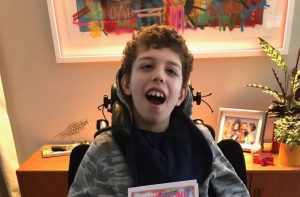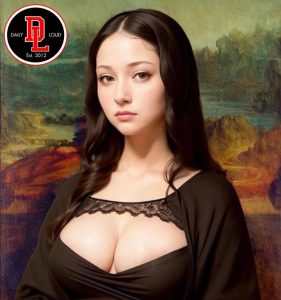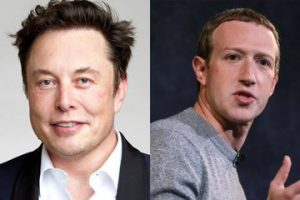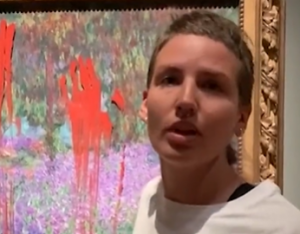In a working-class neighbourhood of Rome, crowds gather in front of a pastry shop window to see sumptuous Easter eggs turned into works of art.
Laid out like brightly coloured pieces of jewellery, each of Walter Musco’s chocolate eggs is created as a tribute to a particular artist.
One is adorned with two people holding up a heart, after US pop artist Keith Haring, while another is crafted all in yellow with slashes reminiscent of Argentine-Italian painter Lucio Fontana.
“It’s a simple idea — I’m really passionate about art and I expanded my field to include literature, music and cinema,” Musco told AFP.
The 47-year-old Roman, wearing an impeccable white chef’s uniform, has been making these kind of eggs for a decade and has now put a selection on show ahead of the Easter weekend.
The eggs on display are the “ones that have pleased me the most”, and include one decked with a dove like the bird in Robert Mapplethorpe’s famous photo of Patti Smith, and a red dressed egg inspired by fashion designer Azzedine Alaia.
Each of these eggs will set you back between 150 and 400 euros, depending on how long they take to make.
But you don’t have to eat them, and if looked after, they can last for years.
“The main thing is to keep them out of the heat, so not next to a chimney or a radiator, or near a window exposed to the sun. There’s no problem up to about 26 or 27 degrees celsius,” Musco said.
The eggs on display are all for sale, excepting a few which are part of private collections of clients. But customers must buy them in person due to the risk of damage if sent by post.
Musco uses a 55 percent dark chocolate from France for his eggs, making shells that he puts together before adding the decorations — all of them edible.
In his laboratory in the basement of the pastry shop in the Tor Marancia district in southern Rome, he is keen to show off his skills.
Armed with a warm knife, he carves designs into the chocolate with the concentration of a surgeon.
“I am self-taught. I had an art gallery years ago, I mainly sold African, South-East Asian, Oceanic and Australian Aboriginal art,” he said.
“Then I developed this passion for another form of more Eurocentric art,” he added, smiling.
When choosing his inspirations, he looks at “everything that is abstract and not obvious to understand, but has a big emotional impact”.
In the future, he wants to keep making his eggs but in direct collaboration with artists, “a way to exchange opinions and ideas, and thus evolve!”.






